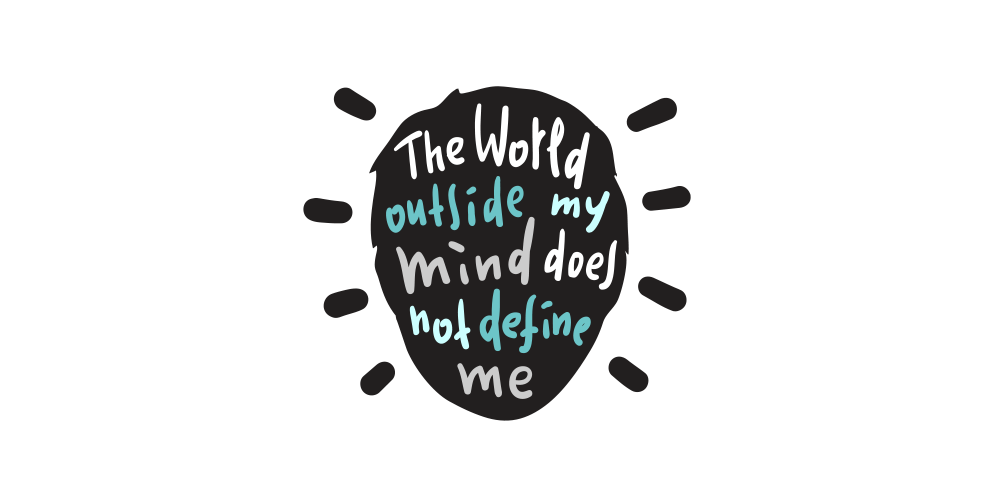Yoga: It’s all in my head

When I started practicing yoga, in 1999, I was young and wanted to jump around on my mat. I loved the way the poses made me feel.
When one of my teachers suggested that it was time for me to explore Pranayama (meditative breathing) I was underwhelmed because it didn’t seem as exciting as complicated poses. But I signed up for the Pranayama class anyway. And I was shocked to discover that the real journey was soon to begin.
Yoga in the market place
Because yoga is marketed everywhere as part of the fitness industry we all, including my younger self, have the wrong idea about yoga. We think it’s supposed to fix our hurt back or make us fit or eliminate depression. Yoga can change those things but there’s no guarantee.
Because yoga is marketed everywhere as part of a fitness industry I spend some time introducing new students to the idea that yoga is not x, y, z. It’s actually a, b, c.
You see, we need reasonable expectations. And re-understanding what yoga is helps to manage expectations.
If I have an idea in my head that yoga is going to fix my back. Then, I will give up when it hasn’t been fixed soon enough. If I have an idea that yoga is going to make me more fit—I will give up when I haven’t become fit soon enough.
Yoga expectations through the ages
Over the years, I have seen a variety of students express their expectations differently. And their differing perspective has to do with their thought patterns—what’s in their head.
Over the years I have noticed these types of students:
- Young students (who are fit) and get bored because they are not jumping around enough or think they don’t need to be taught anything.
- Young students (who are fit) who pay attention and learn.
- Young students with ailments who get bored because they are not jumping around … etc.
- Young students with ailments who pay attention and learn.
- Middle aged students (who are fit for their age) but get bored … think they don’t need to be taught anything.
- Middle aged students (who are fit for their age) who pay attention and learn.
- Middle aged students with ailments who get bored because they are not jumping around … etc.
- Middle aged students with ailments who pay attention and learn.
- Very old students (who are fit for their age), get bored … think they don’t need to be taught anything.
- Very old students (who are fit for their age) who pay attention and learn.
- Very old students with (massive) ailments who get bored because they are not jumping around … etc.
- Very old students with (massive) ailments who pay attention and learn.
So, how is it possible that a 55 year old who is overwhelmed by tight hamstrings has less tenacity than a 93 year old (with fairly legitimate physical complaints)? The answer is actually simple: compare their minds / thoughts.
Whatever is going on in our minds will affect our willingness to start and stick with yoga. Whatever is going on in our minds IS THE YOGA.
Yoga is defined as the practice of stilling the fluctuations of consciousness. We use the body, breath AND mind to explore the consciousness and also learn how to work with it / within it.
In summary
To sum up: Yoga is not what you think it is. Yoga might fix your back (but it might not). You don’t have to have a certain type of body to do yoga. You don’t have to be a certain weight or fitness or be free of ailments. You just have to have willingness to explore the self that you have been given. And that willingness might improve your situation.